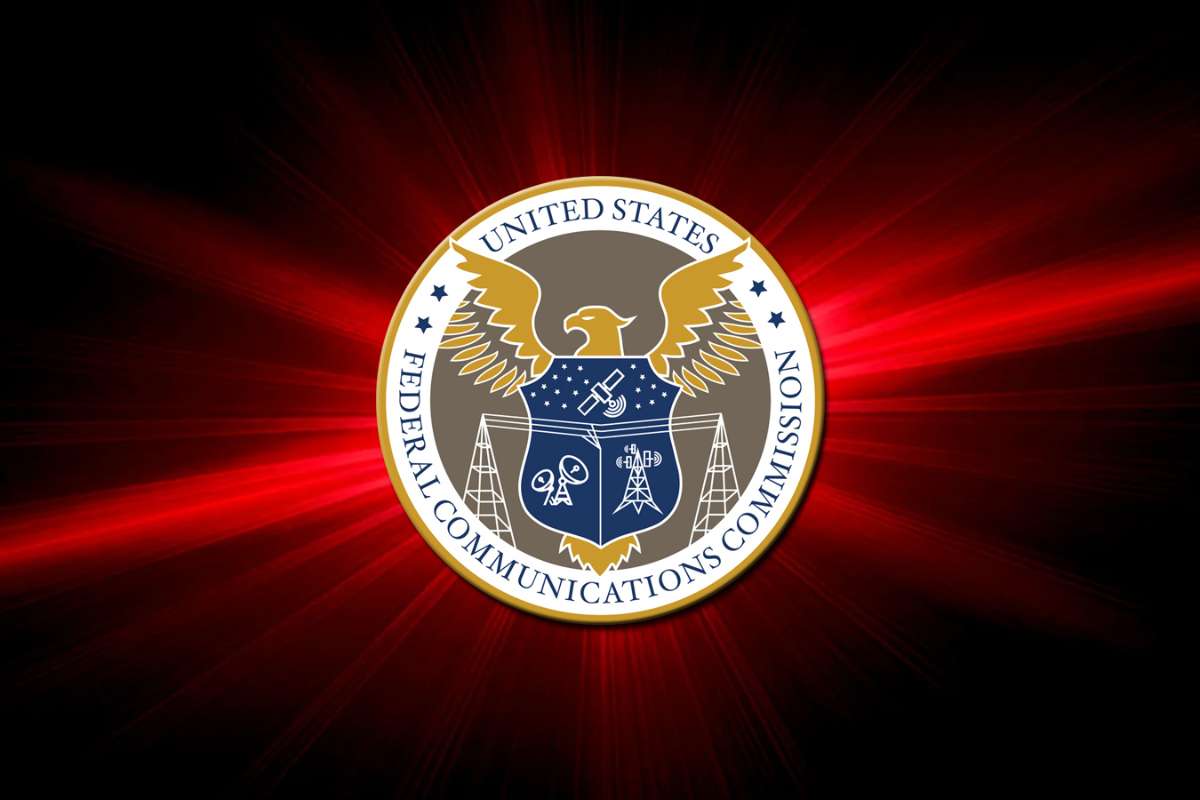The Federal Communications Commission has moved to withdraw a previous interpretation of the Communications Assistance for Law Enforcement Act and halt a related rulemaking after determining that both were based on flawed assumptions and would have led to cybersecurity requirements that did not match current threats. Federal Communications Commission stated that the decision reflects months of collaboration with communications service providers and a reassessment of how best to strengthen the resilience of U.S. network infrastructure.
The Federal Communications Commission noted that communications systems continue to face frequent targeting by sophisticated cyber actors. Service providers have recently agreed to undertake coordinated efforts to reduce operational risks and reinforce protections across core systems. The agency characterized this shift as part of a broader strategy to address complex and evolving cyber threats that have affected the sector throughout the year.
Strengthening Network Resilience Through Updated Cyber Expectations
Since January, the Federal Communications Commission has issued several measures intended to enhance the cybersecurity posture of communications networks. These efforts include refining investigative processes for outages caused by cyber incidents, increasing coordination with national security partners, and adopting targeted rules for areas considered most vulnerable.
One significant initiative was the creation of the Council on National Security, an internal group designed to guide the agency’s engagement on cyber risks and improve situational awareness across the sector. The FCC has also taken steps to ensure that entities participating in its equipment authorization program are properly vetted. This includes new rules that remove untrustworthy laboratories from the approval pipeline to prevent equipment from passing through testing processes that fail to meet security expectations.
In parallel, the agency introduced requirements for submarine cable licensees to develop formal cybersecurity risk management plans. These rules aim to protect systems that play a critical role in global data transport and are increasingly viewed as essential infrastructure for both commercial and public communications.
Evolving Standards for Critical Infrastructure
The Federal Communications Commission is continuing an extensive review of submarine cable regulations for the first time in more than two decades. The review addresses how organizations that operate cable landing facilities and related systems should demonstrate that they have assessed vulnerabilities and implemented appropriate safeguards. Under the proposal, applicants for cable landing licenses would need to certify the existence of risk management plans before receiving authorization. Existing licensees would follow a phased schedule to provide the same certification.
These developments reflect growing industry recognition that cyberattacks on core communications pathways can produce wide-reaching disruptions. Organizations responsible for maintaining these systems are being encouraged to adopt continuous risk identification, incident preparedness, and rapid mitigation practices. The agency’s approach centers on stable, long-term resilience rather than static requirements that may not adapt to emerging threats.
Service providers have played a role in shaping the updated direction. Many have expanded their internal cybersecurity capabilities, deployed additional monitoring tools, and increased collaborative information sharing across the sector. The FCC has pointed to these improvements as evidence that flexible, risk-based expectations can drive meaningful progress without hindering operational agility.
A Shift Toward Coordinated Cyber Defense Across the Sector
TheFederal Communications Commission’s decision to withdraw the earlier CALEA interpretation marks a shift toward a more adaptive cybersecurity posture. Instead of relying on frameworks that could unintentionally weaken defenses, the agency intends to support standards aligned with real-world attack patterns and current technology. This includes prioritizing measures that emphasize rapid detection, secure system design, and resilience across interconnected networks.
Communications providers continue to face threats ranging from ransomware and intrusion attempts to supply-chain compromises. The agency’s recent actions underscore the importance of aligning regulatory expectations with evolving risks and encouraging industry-level readiness. As the review of submarine cable rules continues, the sector is anticipated to see further refinements to cybersecurity guidance, with a focus on protecting the reliability of systems that support commerce, emergency services, and global connectivity.
Overall, the Federal Communications Commission’s updated direction reflects a broader shift within the communications landscape: cybersecurity is becoming a central pillar of network operations, and resilience is now considered a foundational requirement for every provider supporting modern digital infrastructure.
Also Read: Salesforce Reports Unauthorized Data Access Linked to Gainsight Applications






